“Where am I”, I close my eyes and my hearing becomes heightened. In the distance musket rifles are being fired into the air followed by the screams of a war cry, the hauntingly beautiful humming of a tribal chant and the deep base from the longhouse gong being struck this is what I hear. Breathe in, the smell of fresh earth is replaced by smoking pork fat from the nearby longhouse. Open your eyes, and the whole world comes spilling in.
“Hey Stephen let’s fire the musket” My tribal friend Gugu asked to me as I come back from my senses.
“Sounds like a plan” I replied.
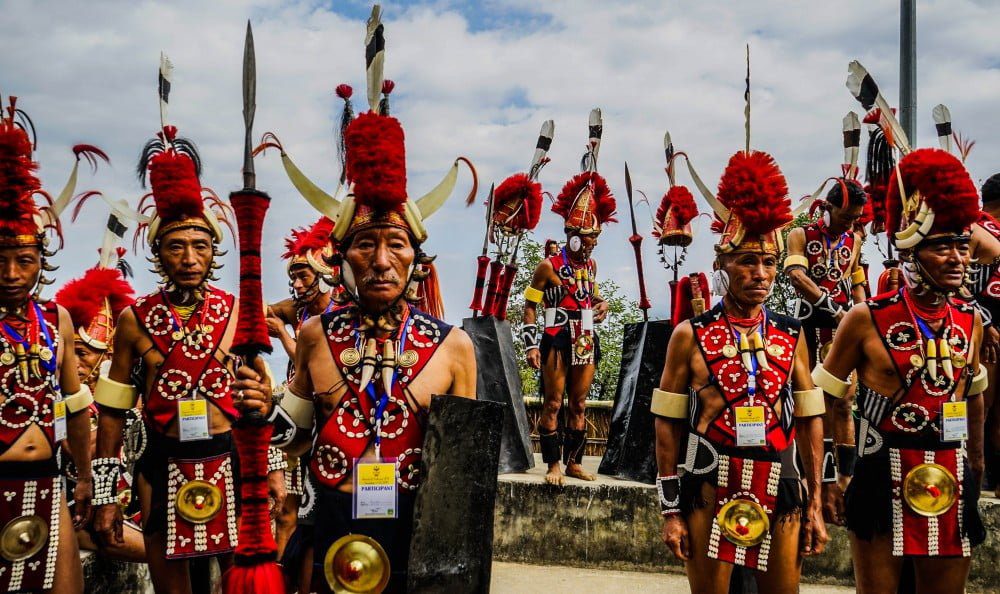
This is Nagaland, a remote corner of India where a melting pot of over seventeen distinct tribal communities who somehow do actually get along, Yes they are known for headhunting and ruthless war, but this was the past. Nowadays the only signs of war are tattooed on the tribal elders who proudly display the heads they have taken.
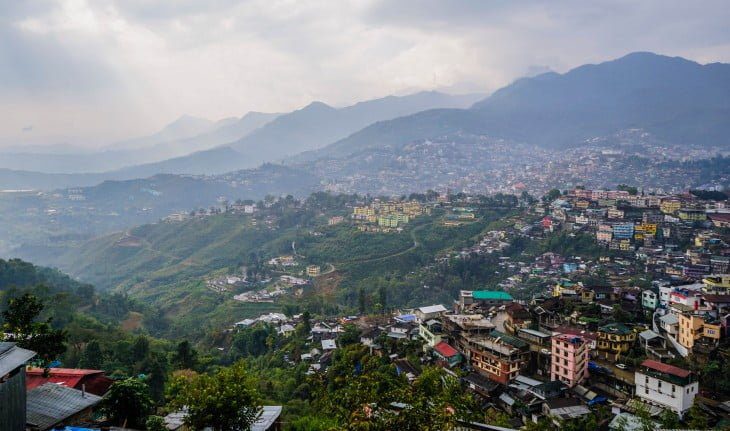
There is a new battle to fight here however. A battle I didn’t expect when I left the pollution choked streets of Calcutta and landed here in the Eco friendly clean state. This battle is a battle of culture, after India gained its independence from Britain a wave of Indian businesses and missionaries came in to assimilate them into the modern world. The signs of this are evident, Tribal tattooing is mainly left only for the elders, churches dominate the skyline of most communities and tribal longhouses are for the most part left empty for snap happy tourists.
Not all is lost however, the reason I came to Nagaland was for the annual “Hornbill Festival”. It’s a festival that is meant to preserve the culture and keep peace among the tribes…. Well it bring much needed tourist dollars as well.
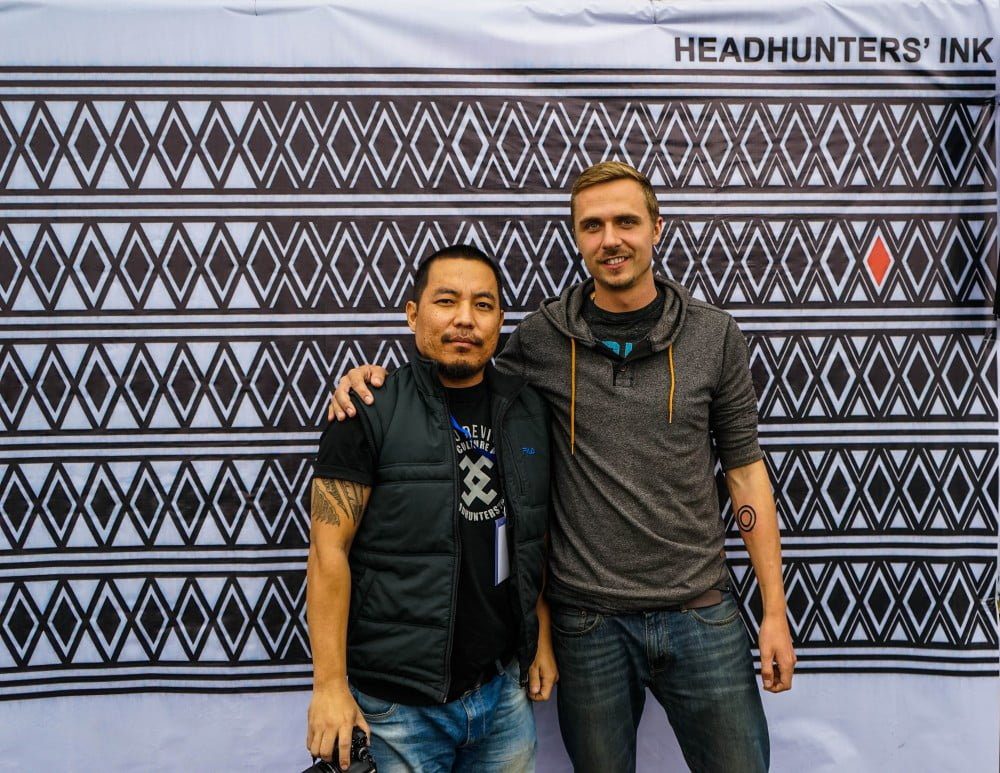
My first day in Nagaland was nothing less than confusing. Me and my travel friend Jacob caught a ride from Dimapur to Kohima which takes around three hours, three hours of amazing scenery although. Arriving into Kohima is a bit of a shock, its streets are crowded and choked by exhaust fumes and it resembles other Indian hill towns. But there is a major difference, and that would be the faces of the people. The Naga have a distinct look, not Indian, not Chinese, not Burmese, there features are remarkable and beautiful.
After the 3 hour rather rough journey we arrive at the Kohima Valley Sports Club, The accommodation my friend arranged for me here as all the lodges are fully booked for the festival. I am greeted by a man named Gugu, Gugu is quite the character, American accent, American haircut from the fifties, but he is Naga and someone who will now be a lifelong friend. After some pork momos’s Gugu takes us to his brother’s house where we will be staying the next week. He then precedes to arranging an Enfield 500cc motorbike for me…. You’re the man Gugu.
The next day took me about one hour of getting lost to find the festival which happens to be located twenty kilometres north into the mountains. Upon arrival you are in awe, the tribal men are sporting armour and spears and wear hornbill feathers on their head for every head they have taken…. Symbolic of course, well I hope so.
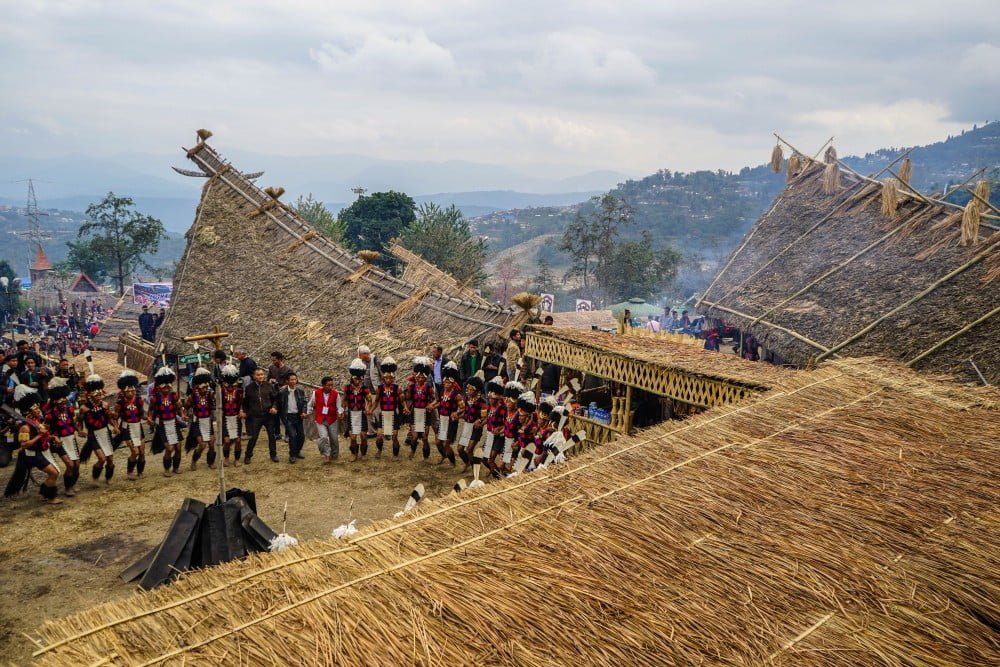
The first show left me a bit confused, yes it displayed a few war cries and fighting tactics, But it mostly consisted of karaoke and a bad remake of John Lennon’s “imagine”, which was less than desirably turned into “Imagine all the Naga’s”. After the introduction the real show began. You are free to roam the longhouses that litter around the hill’s and see how each tribe dances and what they eat. One tribe I particularly enjoyed danced in a circle repeating wow over and over again. After seeing countless dances, filling my stomach with hunks of smoked pork and downing a couple rice beer the day ends at the Sports Valley Club with Gugu and a few drinks.
The next few days were similar to the first, but countless days of talking to and learning the culture of these tribes you begin to notice the struggle between those who want to preserve and keep the culture, and those who are fighting for change. I am not Naga, I have my opinions and ultimately it’s up to them, but for me after seeing the amount of young men performing tribal dances and war cries I have hope the Naga’s will never lose themselves like countless other tribes have.
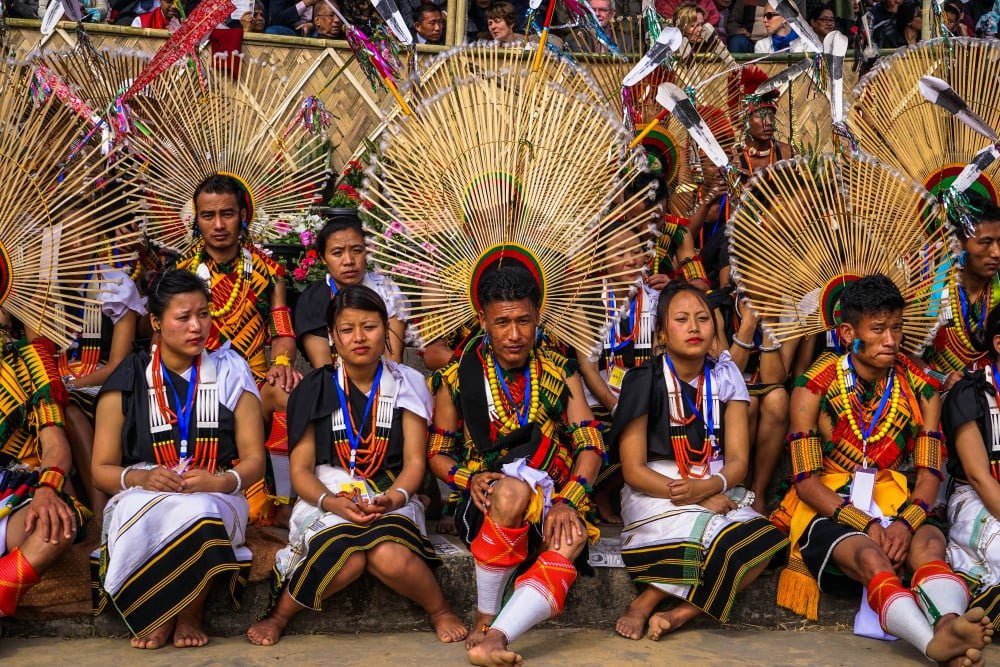
Each day here was special, you had countless activities you can be a part of, fancy shooting a hundred year old musket, Why not?, how about dancing yourself into a trance after drinking too much rice beer and riding the Betel nut buzz all day, Sure!. one thing was for sure every moment here is special, sitting down and closing your eyes and taking it all in happens more so than often. This is Nagaland, this is what I came here for, the sights, the sounds, the food, but mostly the smiles you’re greeted with and the lifelong bonds you make with these incredibly hospitable people.
Nearing the end of our stay here Jacob and I decided to take the bike far into the Naga countryside. This land is beautiful, its fog lined hills are lined with gravity defying rice terraces all with the most spectacular fire red sunsets. Every village we drove into you are greeted with smiles, and usually offers of rice beer.
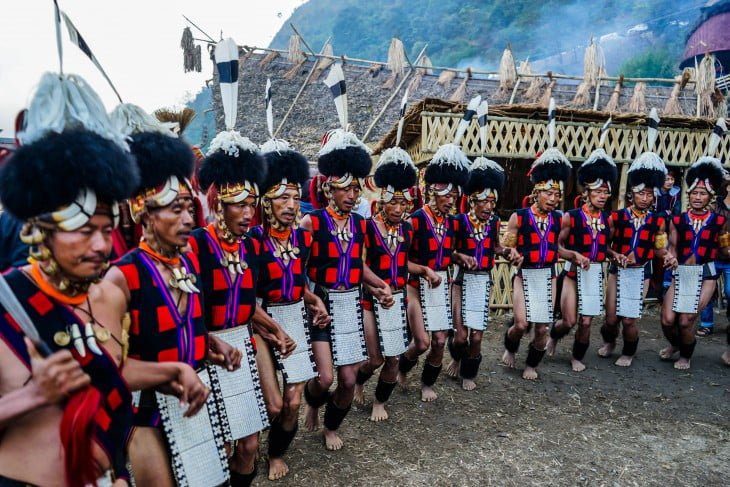
Before I leave Nagaland there is one thing that was on my mind. At the festival I heard of a man named Monaga who is trying to preserve Naga culture with the traditional Naga tattoos. You may have heard of him because he is actually quite famous, like in the top 100 tattoo artists on earth famous, and what made him so famous you ask? Monaga and his business rightly named “Headhunters Ink” are revolutionary in the tattoo world, this is because he only tattoos traditional Naga symbols, like the kind you get after taking a head or coming back from a long journey. For me I of course was not leaving Nagaland without getting at least the chance to see this man in action, and lucky for me he had a half hour to award me with my very own Naga tattoo. His tattoos come with deep meaning, mine symbolizes Family and warriors within your Naga clan, Mission accomplished.
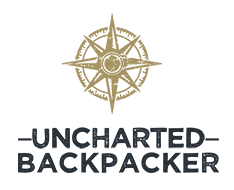
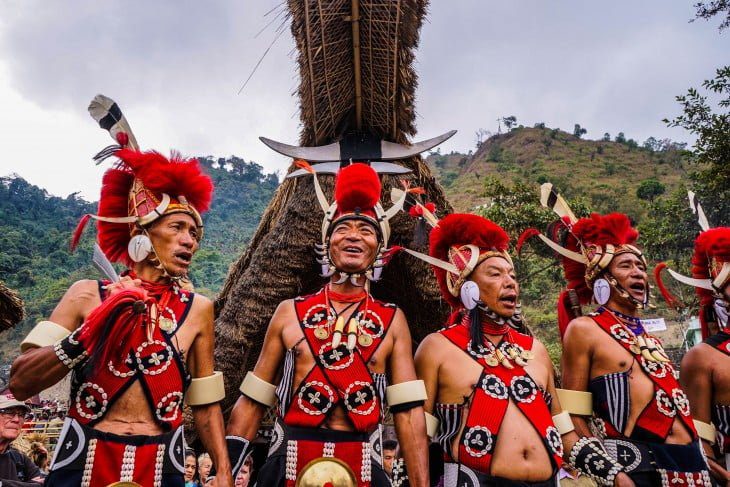
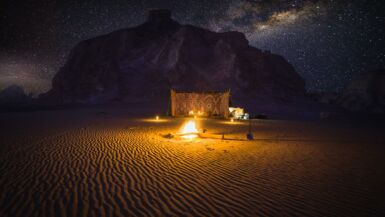
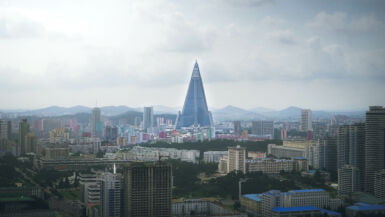
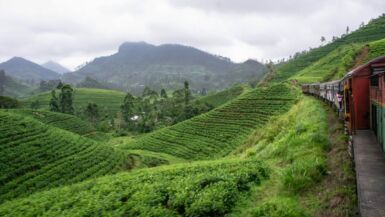
yes we had a bloody time ….great time more to come hahah………to be cont…..
They are similar to American Indians more
Hey Stephen,
I just stumbled upon your blog while researching about Hornbill festival. I am planning to go for a trip consisting of 5 days which includes-:
Hornbill festival
Horbill Rock festival-
3 day stay at Khonorma village during the festival.
Dzukou valley trek.
Can you provide me a rough estimate for this entire trip based on your experience. I’ve checked on some travel planners and I am getting a quote of 27k, INR. I ould much rather prefer a backpacking trip. Let me know if possible.
Hey Sachin, I travelled there just on my own staying with a local. Upon arrival I tried to stay at a hotel, but everywhere was booked. So they showed me a local who was letting tourists stay with them. During festival time many people do this. I didn’t hike as I rented a Royal Enfield Motorcycle and just drove across Nagaland. It’s fairly cheap there so doing it independent is possible, and I encourage it!
Hi Stephen,
thanks for the info, i really enjoyed reading your post!
I always wanted to visit the Nagas (and Chin people) but i was always told not to go there alone (blond hair, blue eyes solo female bla bla bla).
Whats your opinion?
I am a well travelled person myself, went to Ethiopia, South Africa and Azerbaijan by myself, so i know the drill, but still, wanted to ask somebody whho had actually been there.
And also, do you still have contact with your Naga friend Gugu? does he offer any help for travellers there?
Many thanks and keep up the good work.
Happy Travels!!
Kamila
Hey! its actually very safe there and the people are very friendly, dont listen to the negativity